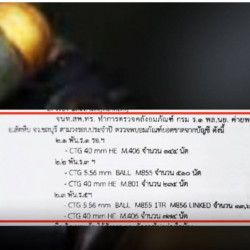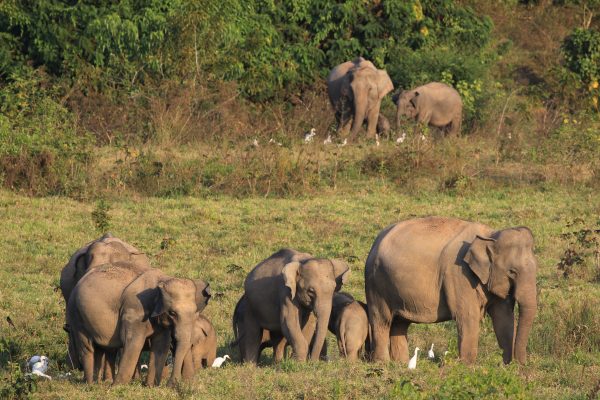Southern comforts: a rustic island retreat perfect for relaxation

Bang Loh, a local rider of a “skylab” – a motorcycle with a sidecar – pushes his overloaded Yamaha across the hot concrete pathway. From the seat of the sidecar, his passengers can see the landscape of Ko Klang Island in all its rustic beauty. The yellow rice paddy sways in the sea breeze as farmers harvest their crops. The green meadow, where goats and water buffaloes are lazily grazing, stretches away to the sea.
“Some tourists who come there tell us this is not right. That this is not Krabi,” says Bang Loh. “It’s Krabi, but not Krabi as they know it.”
Nestled along the Andaman coast, the southern province of Krabi is famous for being the best beach holiday destination in Thailand – if not in South East Asia. It draws tourists from around the world for island hops, powdery-sand beaches and gentle laps in postcard-perfect lagoons. For the tourists, Krabi is all about Ao Nang Beach, Ko Hong, Thale Waek, often called the separated or split sea, and Phi Phi Island – not Ko Klang.
The small island of Ko Klang is about 25 kilometres east of Ao Nang Beach.
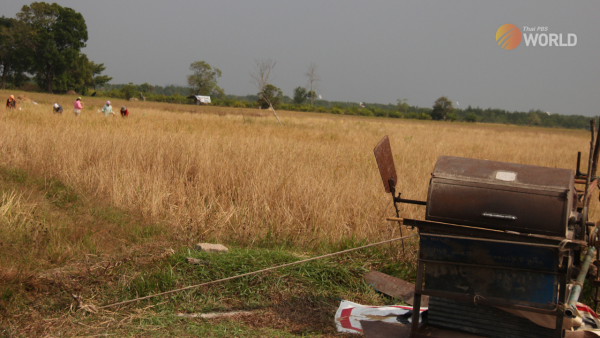
More than 150 years ago, groups of Muslim settlers left Kelantan in Malaysia clutching copies of the Quran and, perhapscages of spotted doves before settling in Ko Klang. They built their houses, established the mosque, built boats, grew crops, made their own clothes and caught some fish. In short, they lived and enjoyed a simple life. A century later, the island haschanged of course, but not by much, with the arrival of electricity, motorcycles, mobile phones and Wi-Fi. However, in many ways, the island is the same as it always was.
There is no subtlety here. No cars. No luxury, no adrenaline rush, unless you count braving the potholes in the sidecar. It is this very simplicity that draws certain visitors to the island.
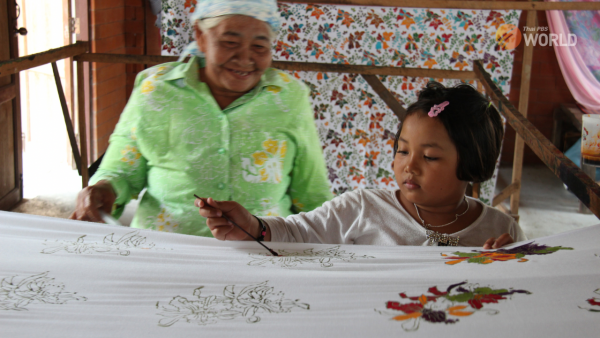
“The whole island seems oceans apart from bustling Ao Nang Beach,” Bang Loh assures us. “After a week of beach bunnies and throngs of tourists, Ko Klang gives you the chance to exhale and let it all out.”
Visitors can stop over at one village, talk to the locals and make peace with the goats.
“When we are not at sea or in the paddy fields, we make batik,” says Grandma Prajim Lekdam. “We are always getting ordersfrom Japan and Indonesia.”
The word “batik” comes from Java, and means “printing in wax”. Hot liquid wax is applied to fabric patterns either drawn by hand or printed by hand using a pattern block. The fabric is then dipped into a dye solution. The waxed areas protect the cloth and the dye can only penetrate the unprotected areas.

“You can wrap it around your waist. Cover your head. Wear around your neck as a scarf,” adds the grandma.
The visitors can get their hands dirty by volunteering to paint the batik pattern.
Ko Klang Island is famed for its organic rice. The brown rice of Ko Klang, or “khao sang yod” as it is known among those who favour all things organic, is the produce of brackish paddy fields.
“It is unique in many ways,” says Prawat Klongrua, a farmer in Ko Klang. “The crop produces smaller grains than other varieties. It has a kind of musky smell and a nice flavour.”
Visit local restaurant Ban Maying and you will understand what Prawat means. The restaurant serves khao sang yod rice with authentic southern dishes. Yellow curry, pan-fried chilli crab, streamed crab with sensational dipping sauce, chilli paste with a selection of vegetable take it in turns to burn my tongue. You will eat more than you really want without being aware of a backfire.

There is a handicraft centre where visitors could learn some fishing tricks. Sombon Mankha, the artisan who makes miniature boats, is happy to explain how the fishermen used to catch fish with the boat and nothing more.
“This legendary boat is known as a “haunted boat”,” says Sombon, showing off a miniature of a long boat equipped with a wooden panel on one side. “With this boat, some people can catch the fish without using a net. They paddle into the canal, and leave this wood panel in the water to block the fish.
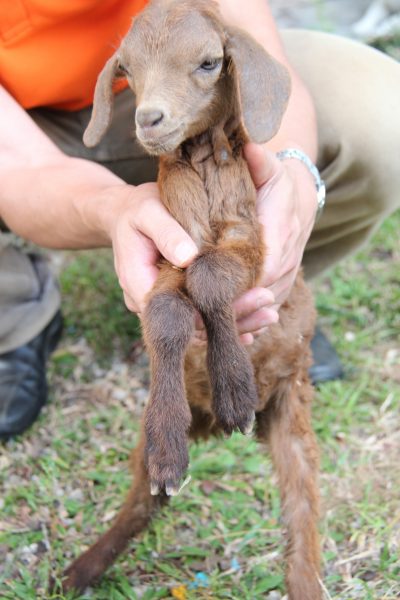
“When the fish are chased into this side of the block, they have nowhere to go but to jump into the boat. Nice and easy”
Ko Klang is worth a half-day tour. With a local rider like Bang Loh and a motorcycle with a sidecar, you could hop in and hop out of several cottages, swap jokes with local villagers and coo with the spotted doves.
IF YOU GO
Ko Klang can be reached by ferry from Chao Fa Pier in Krabi. Once you’re on the island, you can rent a motorcycle with rider to explore the island. Those wanting to stay overnight stay will find a bed in any homestay.

